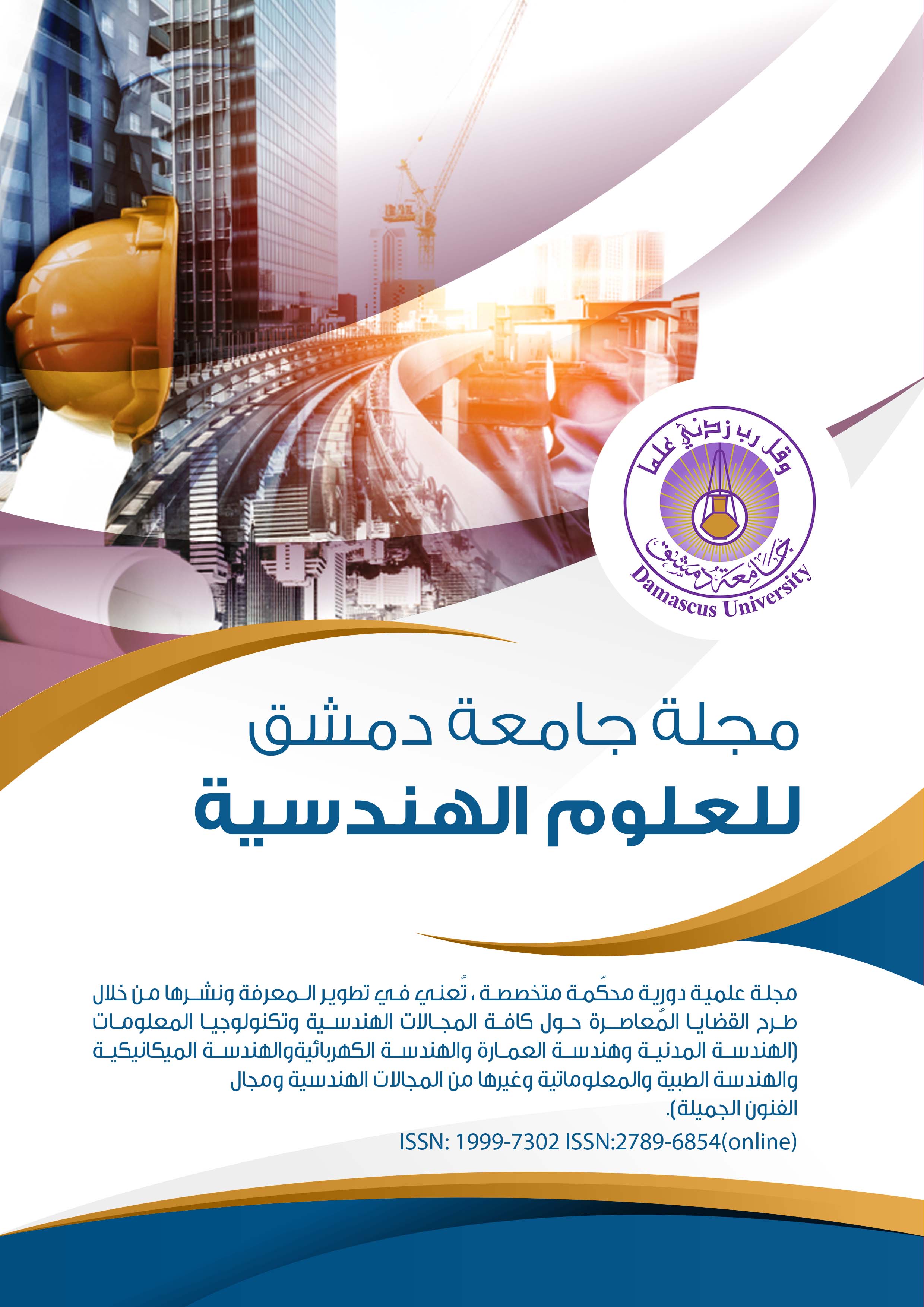Developing a Fuzzy Inference System to Evaluate Performance of Modern Methods of Construction
Keywords:
Modern Methods Of Construction, Traditional Construction Methods, Fuzzy Inference System, FAHPAbstract
In this study, a fuzzy inference system was developed to evaluate modern construction methods, after defining a set of main criteria through literature reviews and several interviews that resulted in a list of factors. These factors were used in designing a questionnaire that helped select the most important ones: cost, duration, quality, and sustainability. Each of the previous factors has a set of secondary factors that contribute to increasing the accuracy of the model by contributing to the weights of the main factors through another simple questionnaire completed by engineers working on different construction projects to measure their weight.
The weights of the previous main criteria were calculated using the FAHP method to obtain the best possible accuracy. After that, the fuzzy inference system was developed, by forming overlays between the secondary factors for each main factor and describing their conditions and rules.
The model was tested on data of 3 projects to measure the saving in the construction cost where the values ranged (5-25)%, the duration (5-15)%. For the improvement in the quality, the values were (0,0.75,0.25) to (0,0,1), and the sustainability (0.75,0.25,0) to (0,0,1) due to the project’s specification.

